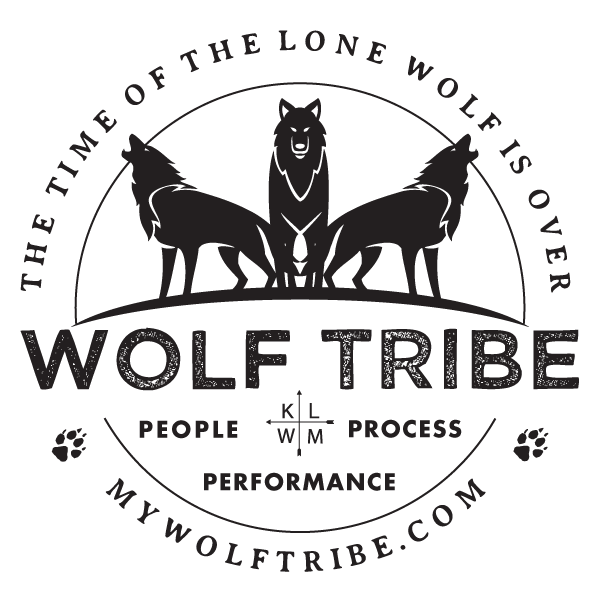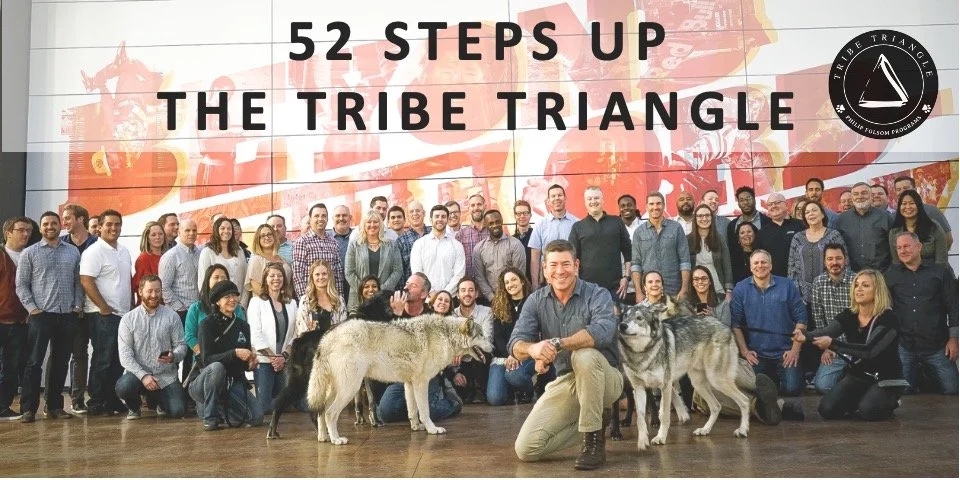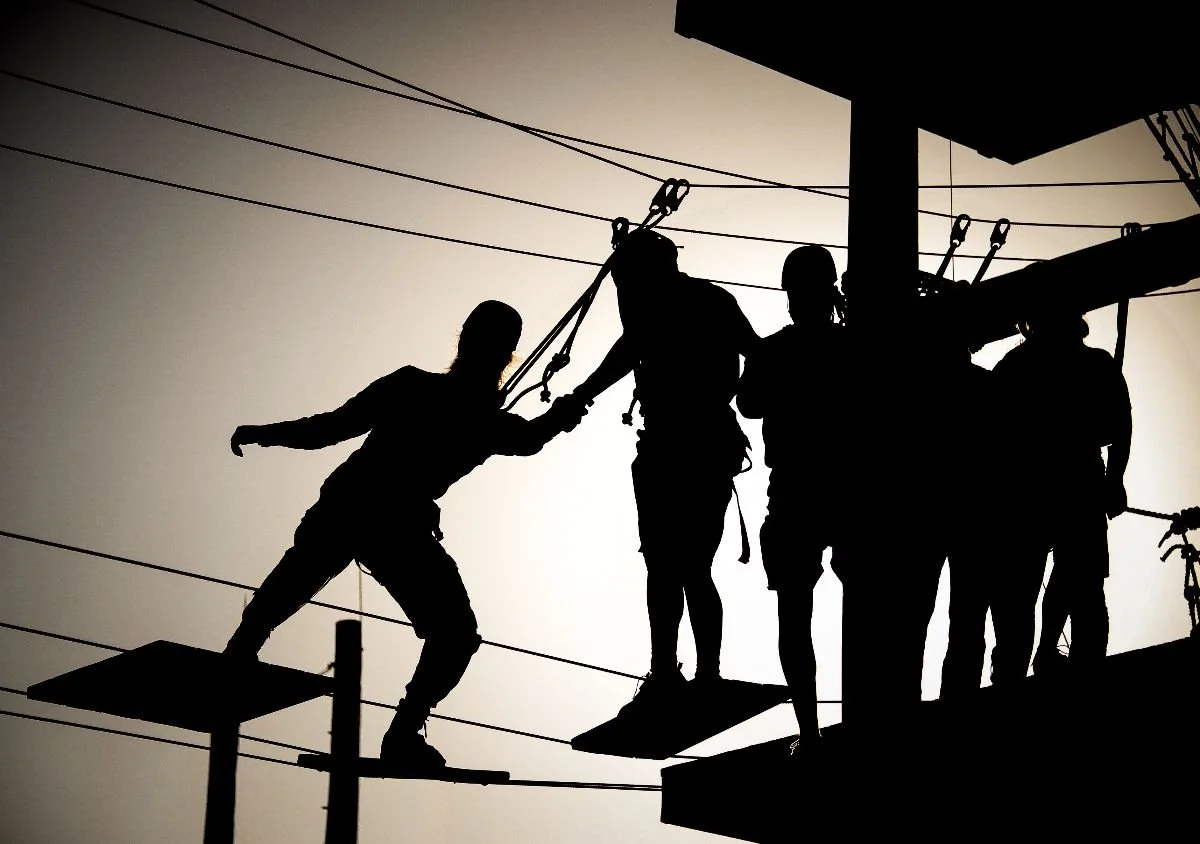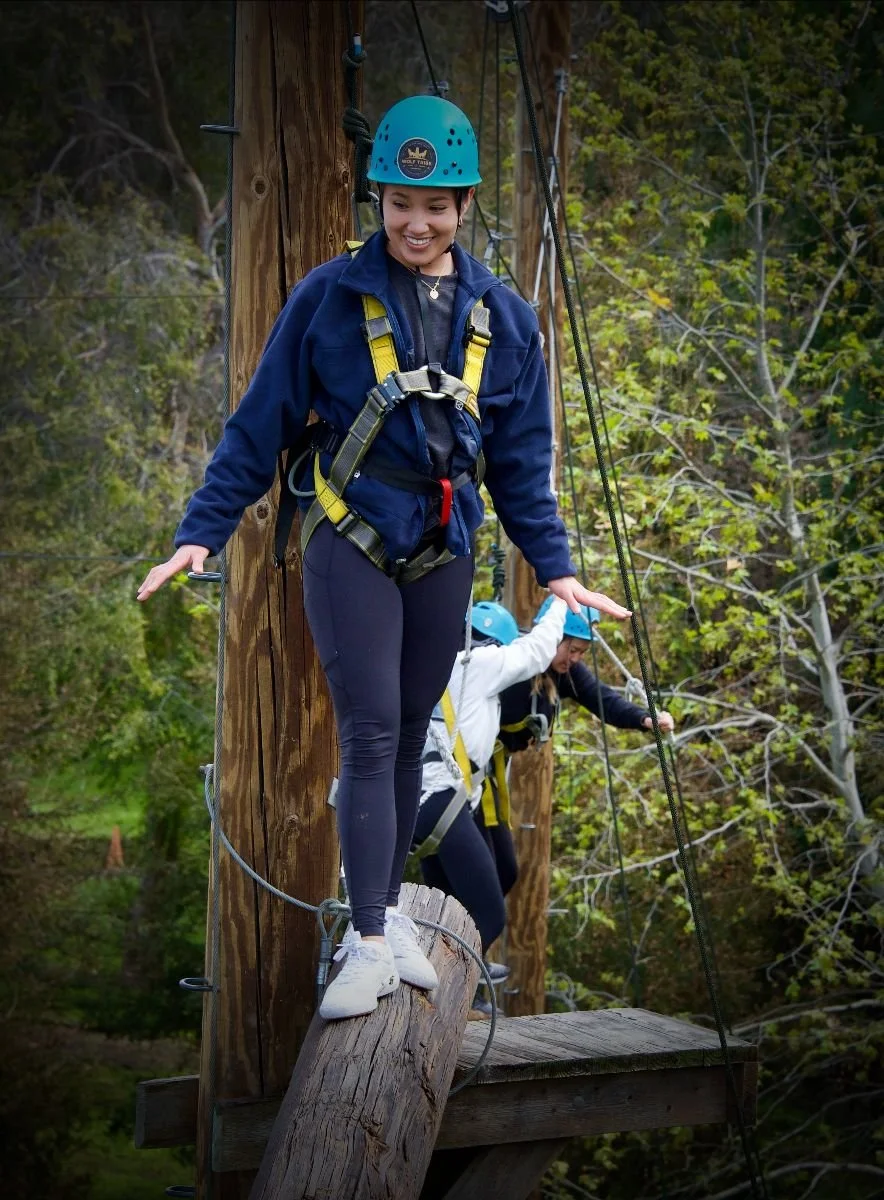Step 32 Up the Tribe Triangle: The Power of Commitment
“Burn the boats.”
-General Julius Caesar
Commitment is ‘the state or quality of being dedicated to a cause or activity’. In both the family and workplace, commitment drives growth, engagement and motivation. Organizational commitment is one of the most important drivers of employee satisfaction and employee retention. These drive overall business performance and profitability. Commitment is vital for sustainable success in all areas of your life.
Like everything else at this level of the Tribe Triangle, commitment cannot be decreed and takes time and intentional work to develop. Commitment is a byproduct of all the culture investments you have made earlier in the Alignment and Kinship levels. Commitment is created from culture before it drives culture.
Once commitment behaviors begin to be expressed in your team, they start driving the other culture components and are proven factors in meeting goals and staying aligned to your shared vision. No great goal is ever met in the short term and commitment is vital for that journey to sustainable success.
“Most people fail, not because of lack of desire,
but because of lack of commitment.”
-Vince Lombardi
Employee retention is currently one of the greatest challenges of organizations. In almost all organizations, leaders are struggling to keep their team together and engaged. This low commitment challenge is exacerbated by the movement towards remote work and the quick-fix culture of instant gratification that leads employees to jump from company to company in search of the meaning that only exists in long term commitment. The internet is a powerful tool and resource but it is also a source of distraction and commitment erosion at work where an increasing number of employees surf the web and even search for other jobs instead of persevering at the shared mission at hand.
A committed team will become an autonomous team. Commitment requires full buy-in of your shared vision and mission. When people are committed, they tend to own goals, find the intrinsic motivation to search for solutions and learn from setbacks and failures. This process is how all legitimate human development happens. Committed people either win or they learn and instead of looking at failure as final it becomes just another step on the path toward success. This is an example of applied resiliency.
Committed people fail forward.
If we attempt to establish commitment before the resiliency that only happens from kinship culture, defeat can feel final. People take setbacks personally and they will find ways to avoid them. You will know this is happening when you see and feel complacency in your team. They will be focused on numbers and dates instead of the process and journey that is linked to the significance of your shared vision. Your people must have safety and trust in you, each other and the organization for commitment to become available to them. Commitment will appear in relationships as well as projects and this is an expression of kinship in action.
“Trust brings a higher level of communication
and a higher level of commitment and accountability.”
-Bruce Arians
You will know you have successfully achieved commitment when morale, creativity and innovation appear. There will be more engagement and that engagement will be intrinsically motivated instead of management motivated. People who are committed to a shared and inspiring goal and vision will automatically search for new ways to achieve that end. You can fast track commitment by including perseverance or other commitment drivers in the norms of your culture. These are your shared values that drive the thought process and decision-making hierarchy of your team.
“Stay committed to your decisions, but stay flexible to your approach.”
-Tony Robbins
Without commitment, your team will struggle with engagement, resiliency and all other forms of sustainable success. Like everything else on this journey up the Tribe Triangle, commitment must be modeled by you, Tribe Leader. For you to lead your team on the noble but endless path toward your vision, you must stay engaged, resilient and committed and do this transparently. Your people may not always listen to you, but they are always watching.
“Commitment is what transforms a promise into a reality.’
-Abraham Lincoln
Click here to watch the video of Step 32: The Power of Commitment
Leaders Must Write and Speak
Answer these questions in your journal by really writing them down. Discuss them with at least one of your most important people and really listen to their response.
Where are you seeing a lack of autonomy and motivation on your team or projects? These are symptoms of a lack of commitment.
To increase the engagement and innovation that only comes from commitment you will need to find out which culture components are missing.
Are you transparently modeling commitment?
Is your team bought in to your shared vision or does your team need a recommitment? This will be ongoing.
Does your team have enough trust in you and each other that commitment and innovation driven risks are normalized?
Ubuntu,
Philip Folsom







